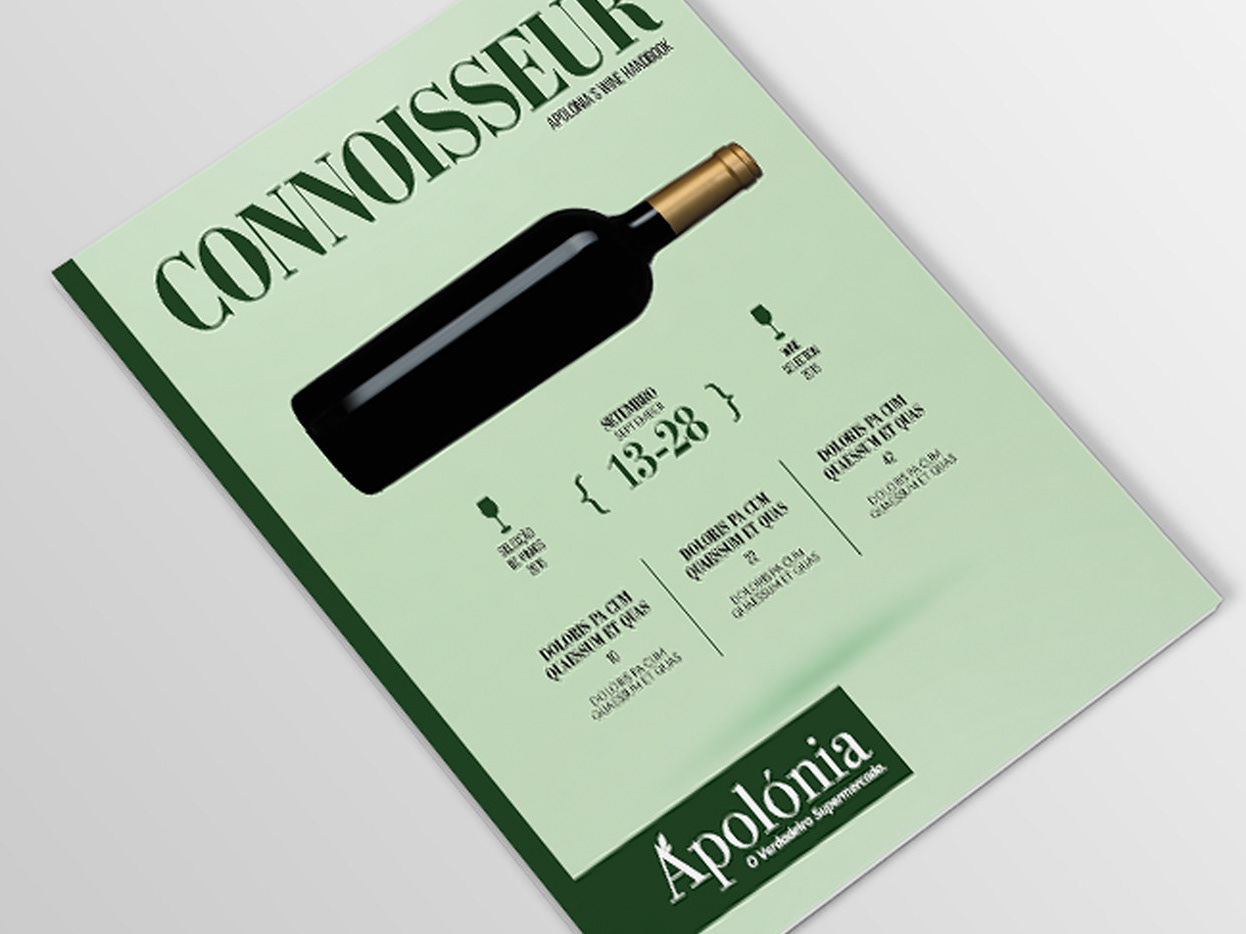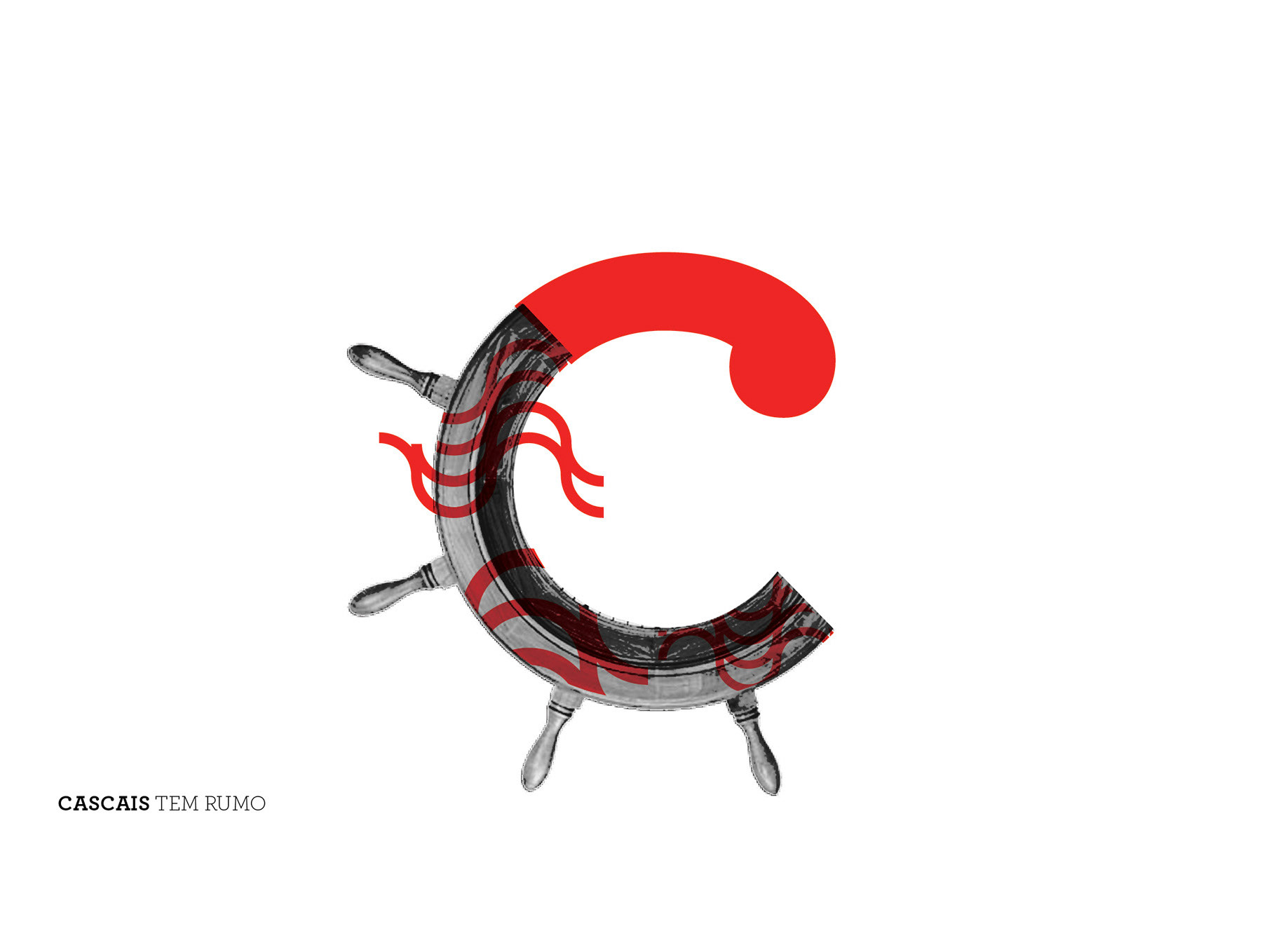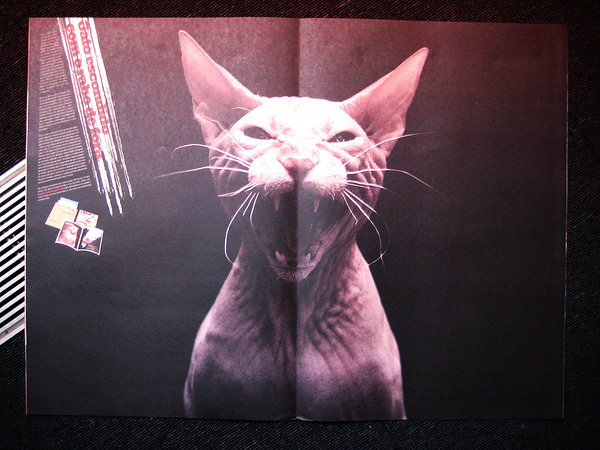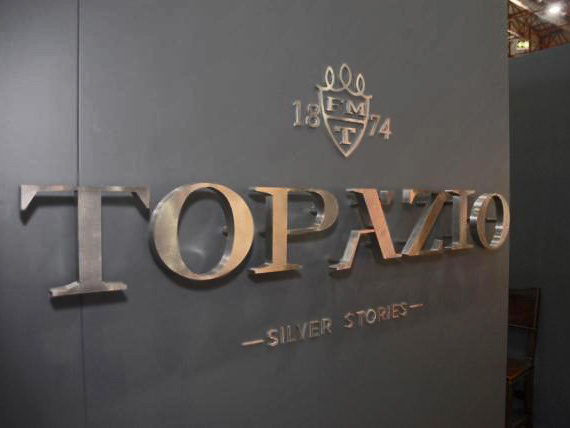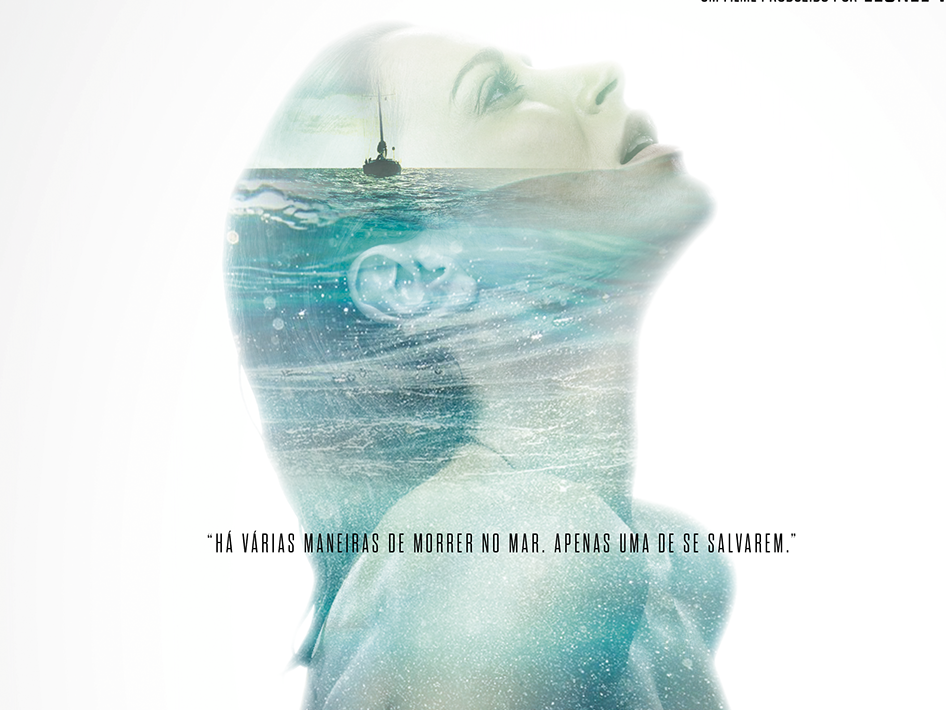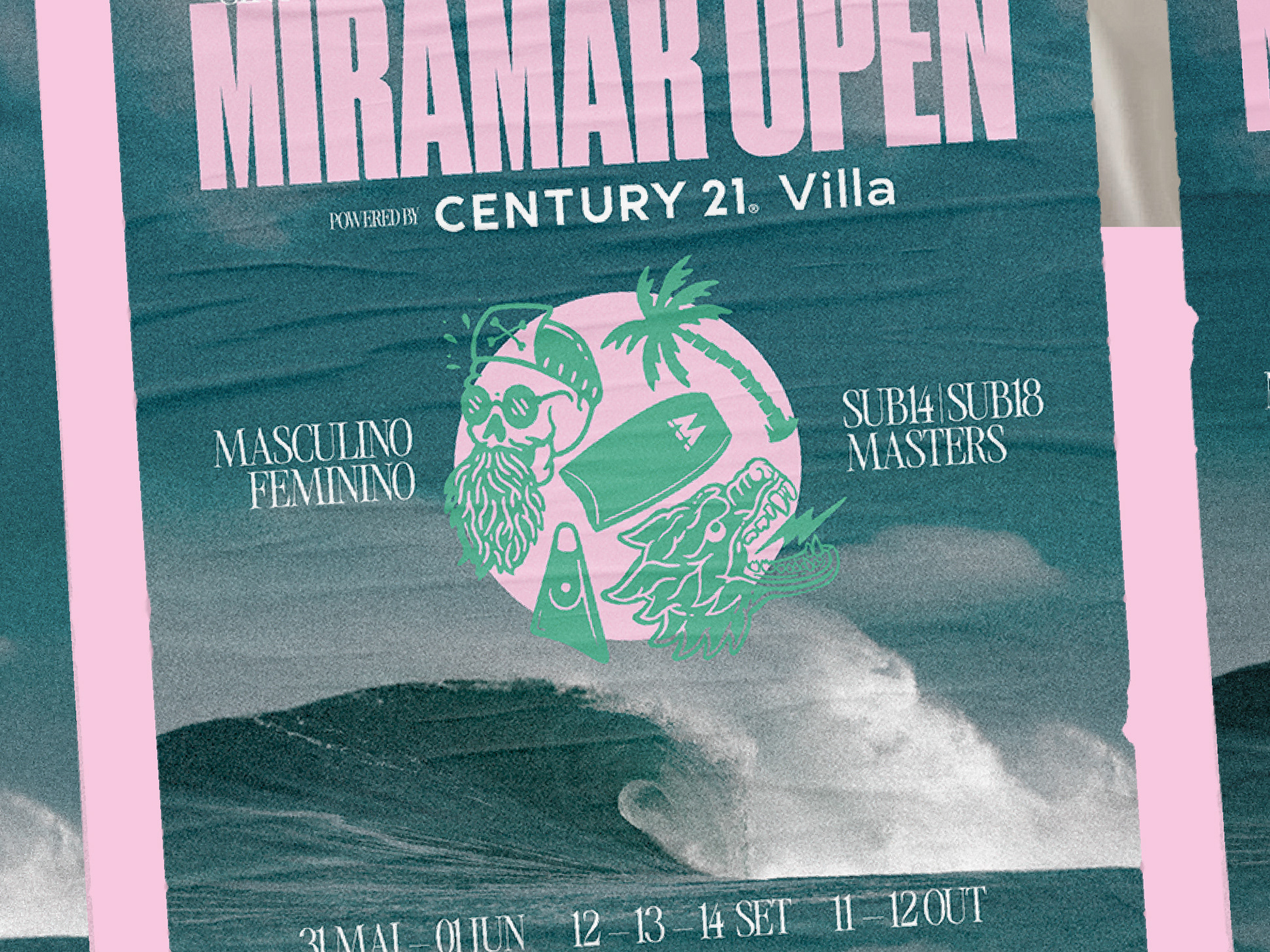Re-inveting Portuguese tradition
Brand refresh and uplift
Brand refresh and uplift
Brief story of the client.
Vista Alegre is the fruition of a dream of a man typical of the 19th Century, José Ferreira Pinto Basto.
Influenced by the success of a glass factory in Marinha Grande, PintoBasto decided to create a factory of “porcelain, glass and chemicalprocesses”.
The founder of the Vista Alegre Porcelain Factory was an individualof many facets; businessman, industrialist, farmer and politician.
This cultured gentleman, protector of the arts, of education and ofcharitable institutions, occupies a place of true eminence inPortuguese society of the 19th Century.
He began by acquiring, in 1812, the ‘Quinta da Ermida’ (Chapel Estate),near the town of Ílhavo on the edge of the Aveiro estuary.
Shortly afterwards he also bought the surrounding lands which includedthe Vista Alegre Estate, with a Palace, a Chapel and various buildingsaround a large square, having ordered the construction of the factory.
The warrant that authorized the functioning of the Vista AlegreFactory was granted in 1824 by D. João VI, giving as benefit “all thefavours, privileges and independence that are enjoyed or will beenjoyed in the future, by the National Factories”, and having thefounder associating to the factory his fifteen children, becoming thecompany entitled “Ferreira Pinto & Filhos”.
Just five years later Vista Alegre received the title of Royal Factory, in recognition of its art and industrial success.
Influenced by the success of a glass factory in Marinha Grande, PintoBasto decided to create a factory of “porcelain, glass and chemicalprocesses”.
The founder of the Vista Alegre Porcelain Factory was an individualof many facets; businessman, industrialist, farmer and politician.
This cultured gentleman, protector of the arts, of education and ofcharitable institutions, occupies a place of true eminence inPortuguese society of the 19th Century.
He began by acquiring, in 1812, the ‘Quinta da Ermida’ (Chapel Estate),near the town of Ílhavo on the edge of the Aveiro estuary.
Shortly afterwards he also bought the surrounding lands which includedthe Vista Alegre Estate, with a Palace, a Chapel and various buildingsaround a large square, having ordered the construction of the factory.
The warrant that authorized the functioning of the Vista AlegreFactory was granted in 1824 by D. João VI, giving as benefit “all thefavours, privileges and independence that are enjoyed or will beenjoyed in the future, by the National Factories”, and having thefounder associating to the factory his fifteen children, becoming thecompany entitled “Ferreira Pinto & Filhos”.
Just five years later Vista Alegre received the title of Royal Factory, in recognition of its art and industrial success.
